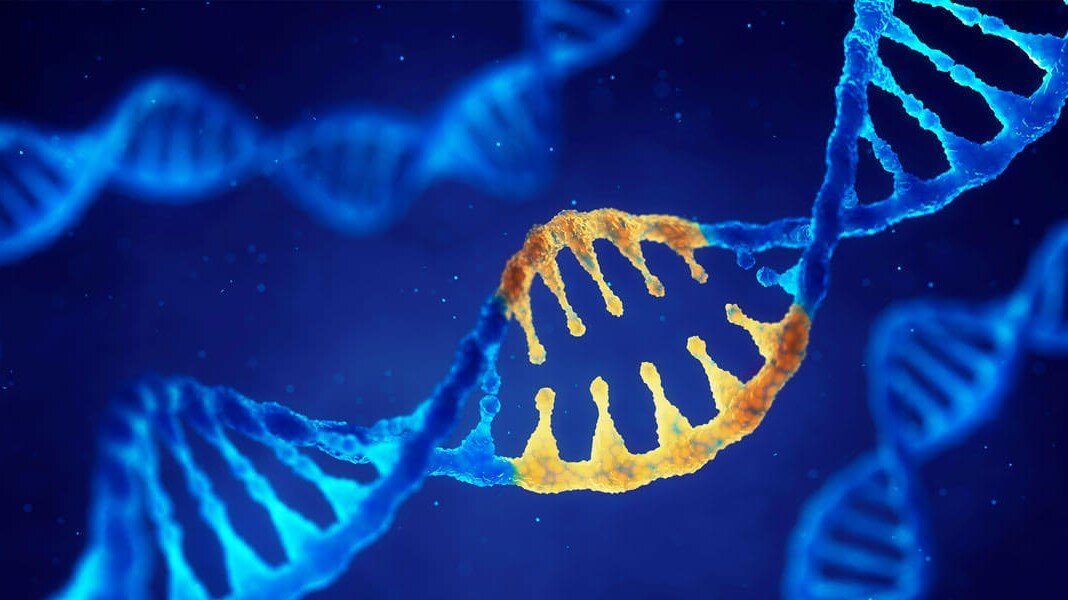
Recently, The UK drug regulator has approved a gene-editing therapy named ‘Casgevy Therapy’ for the treatment of sickle cell and thalassaemia diseases.
ALSO READ- What Can One Do After 10th Class?
What is Casgevy Therapy?
- This therapy is based on CRISPR-Cas9 gene editing technology for haemoglobin (Hb).
- This is the same technology for which the 2020 Nobel Prize in Chemistry was awarded.
- Basically, the BCL11A gene is targeted in this therapy. This gene is responsible for switching from a foetal to an adult haemoglobin.
- Casgevy is a one-time treatment, the treatment requires retrieving stem cells from a patient’s bone marrow through a process called apheresis. This procedure filters the blood to extract various components including stem cells.
- Following extraction, these stem cells are typically processed and refined over a period of six months before they are reintroduced back into the patient’s body.
What is Sickle Cell Disease?

- Ordinarily, red blood cells are flexible and disc-shaped allowing them to move smoothly within blood vessels.
- In sickle cell disease, a genetic mutation causes red blood cells to take on a crescent or sickle shape.
- This altered shape hampers the flow of haemoglobin within blood vessels, leading to potential blockages and restricted blood flow to various parts of the body.
- This disease is common in African and Indian regions.
What is Thalassaemia?
Thalassaemia is an enduring genetic blood condition where the body is unable to produce sufficient haemoglobin, resulting in anaemia.
What is CRISPR-Cas9 Technology?
CRISPR-Cas9 is a distinctive technology that allows geneticists and medical researchers to edit specific segments of the genome. This technique involves removing, adding or altering sections of the DNA sequence.
Conclusion-
This therapy is revolutionary but according to estimations, it will cost around $2 million (₹ 16.5 crore) per patient. Its cost is the biggest challenge for a large section of the society.

